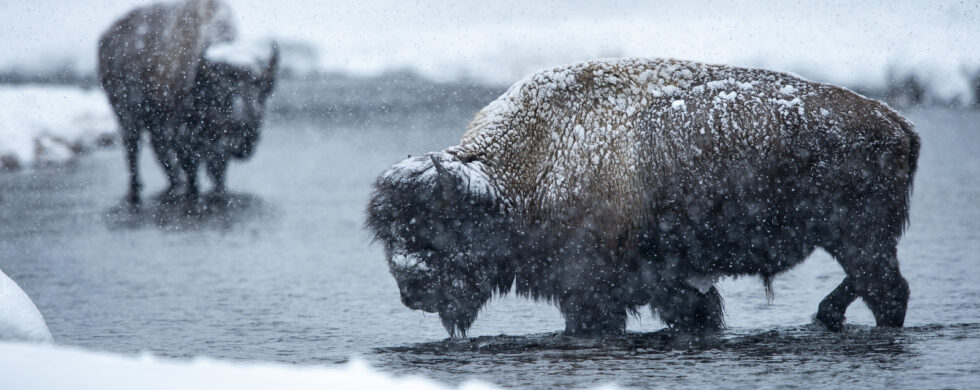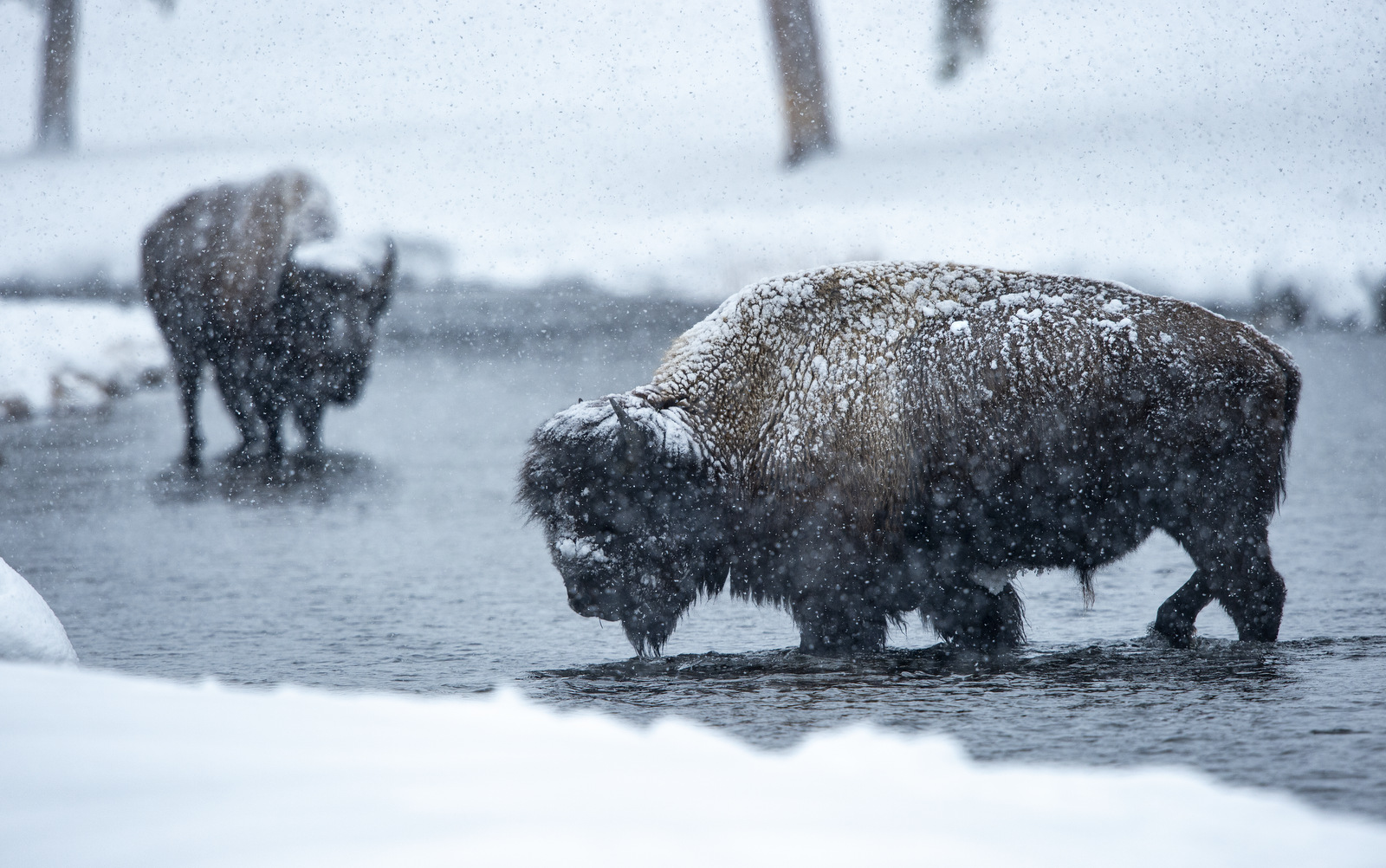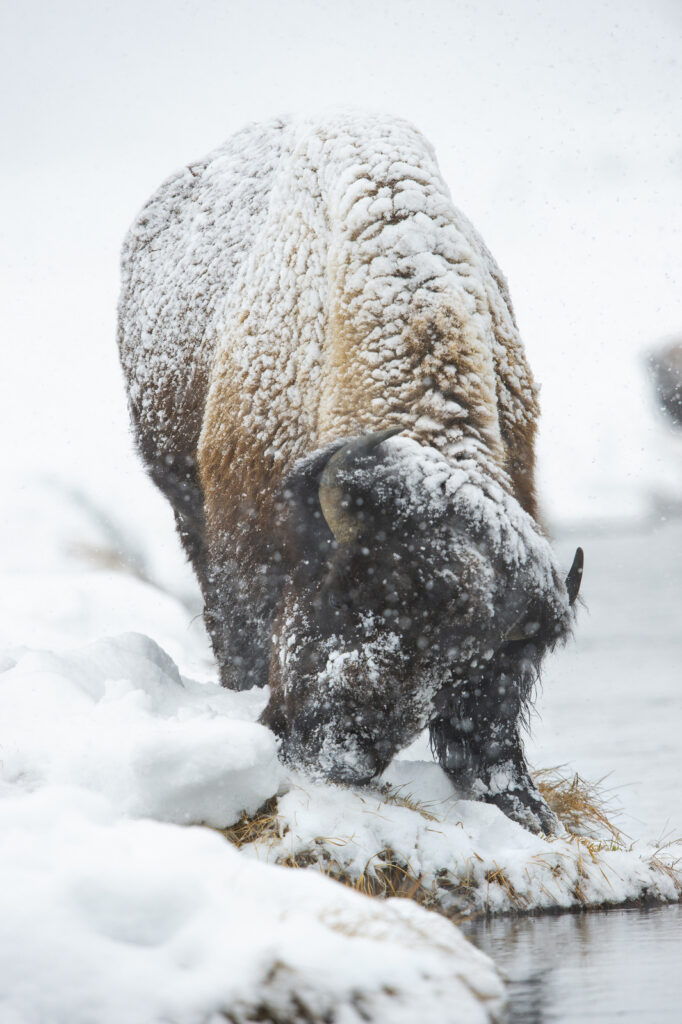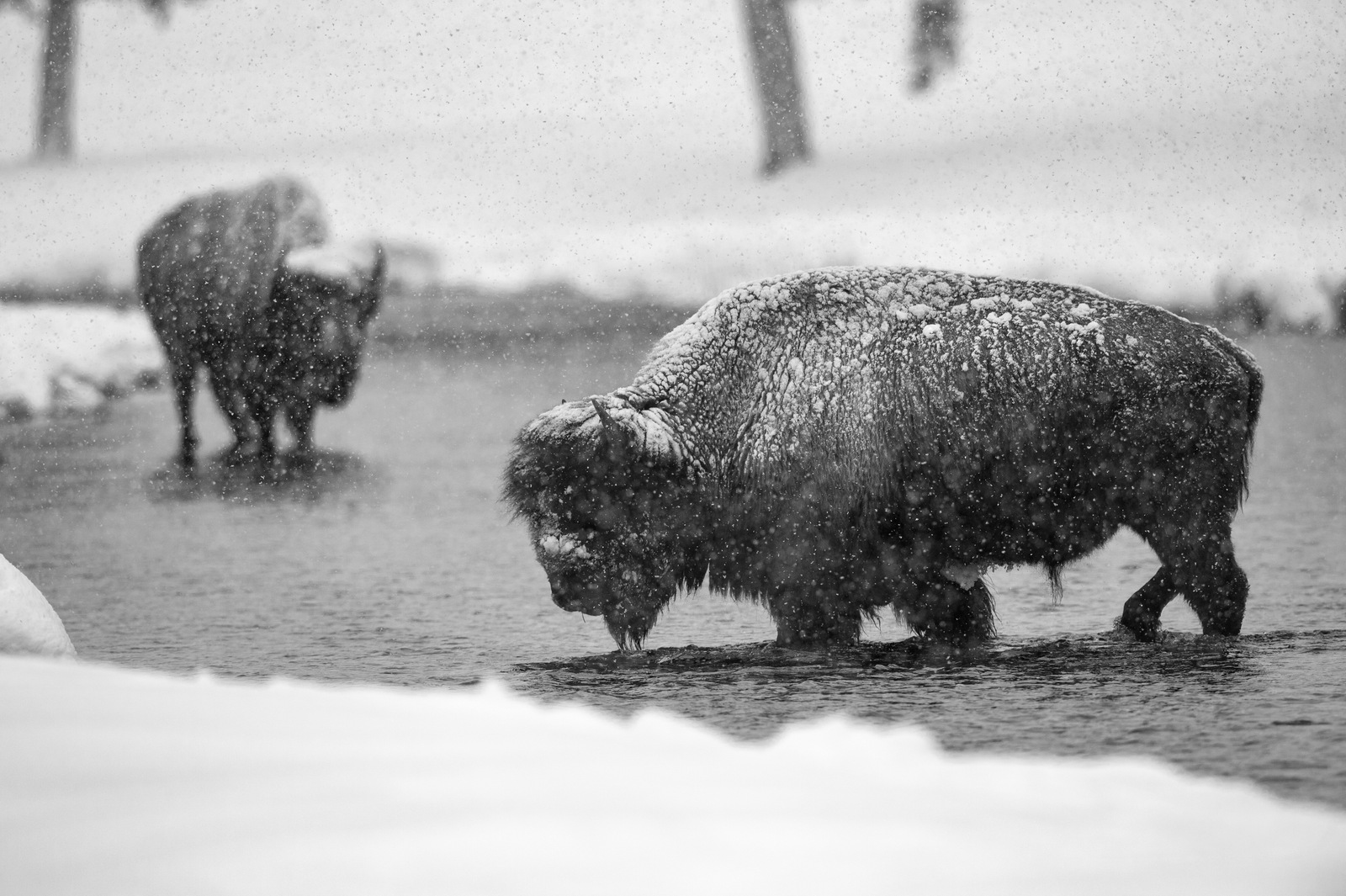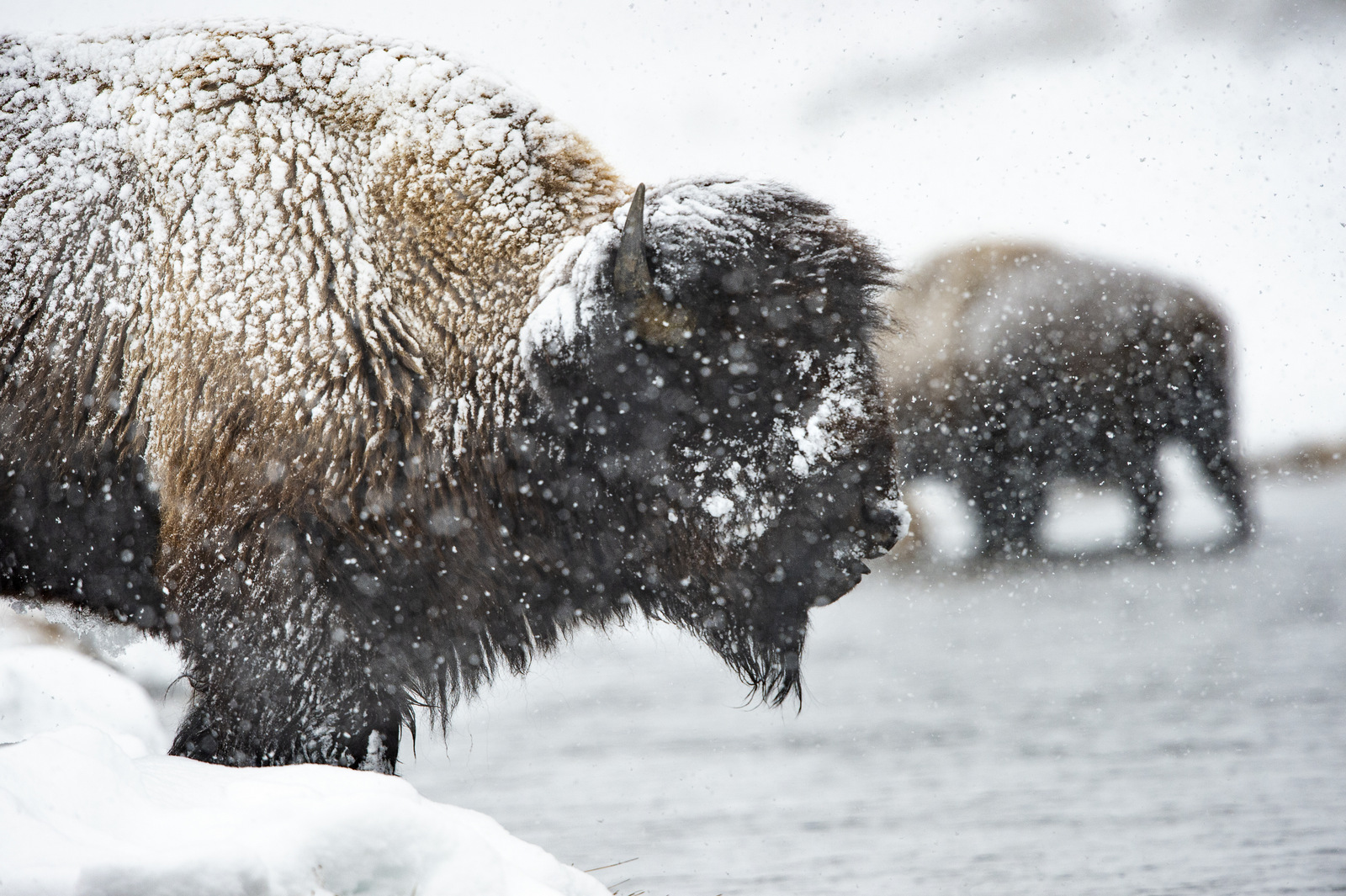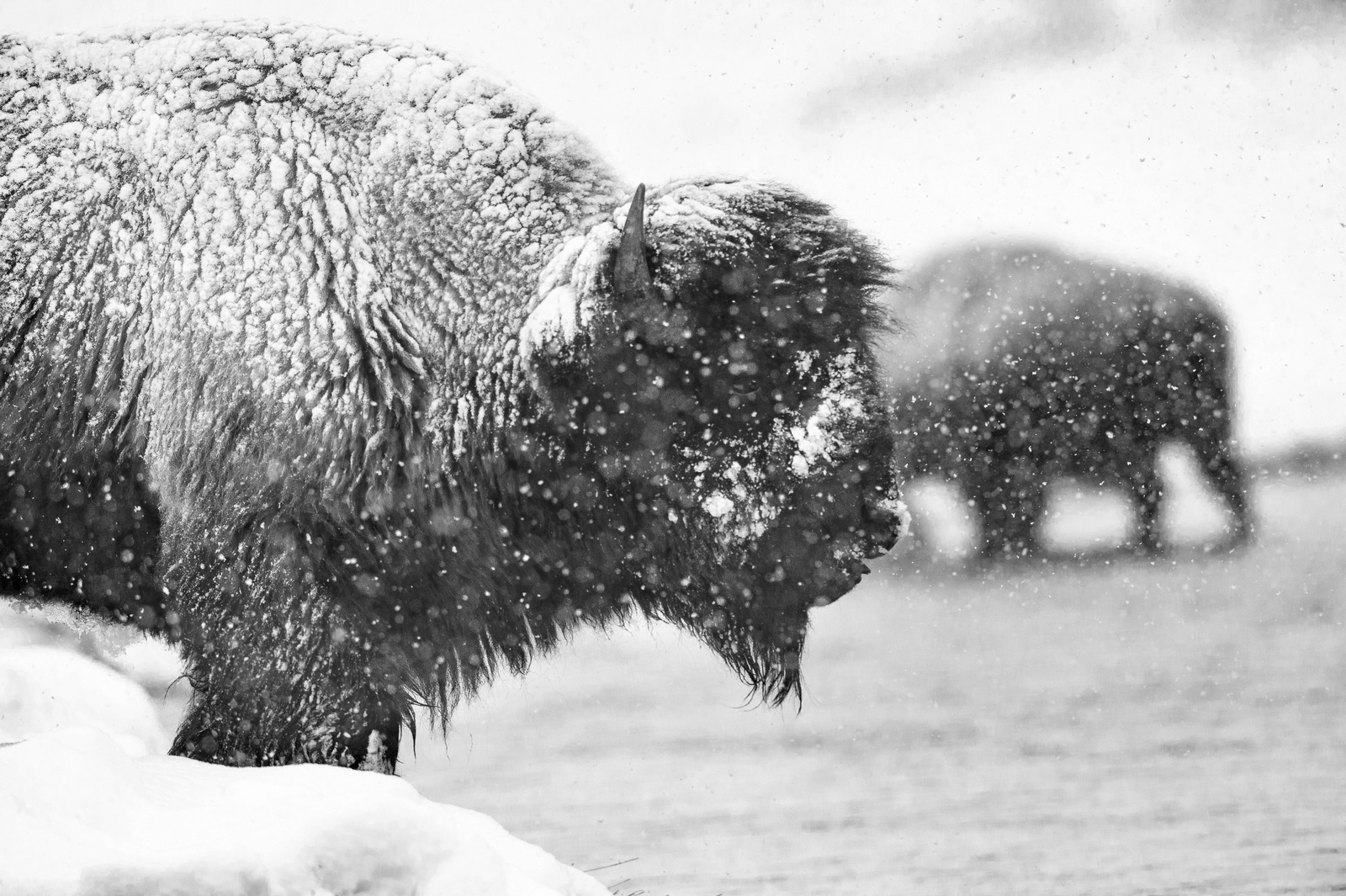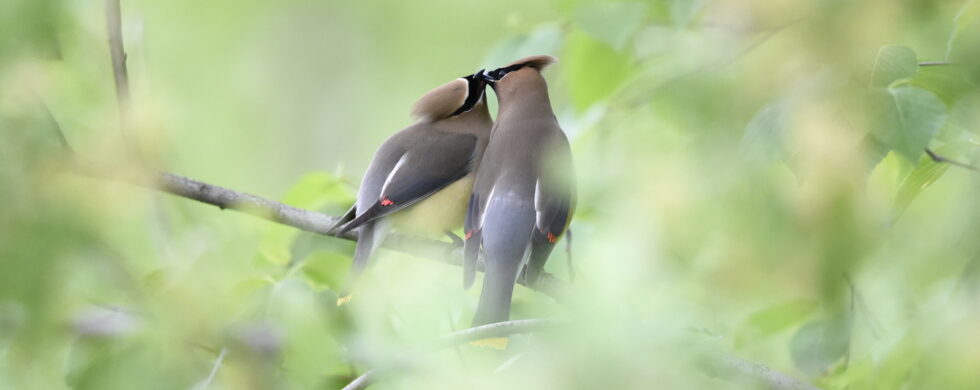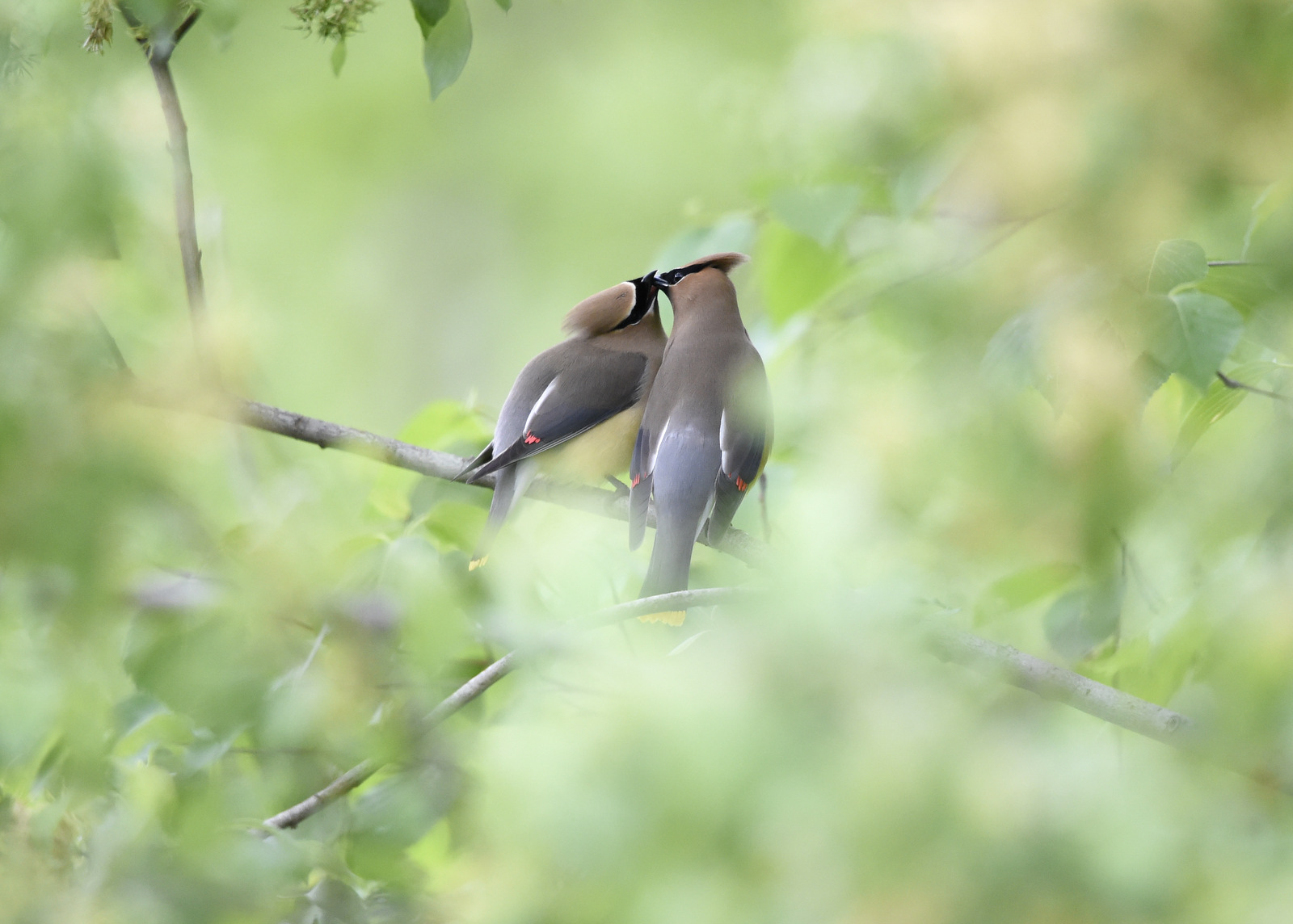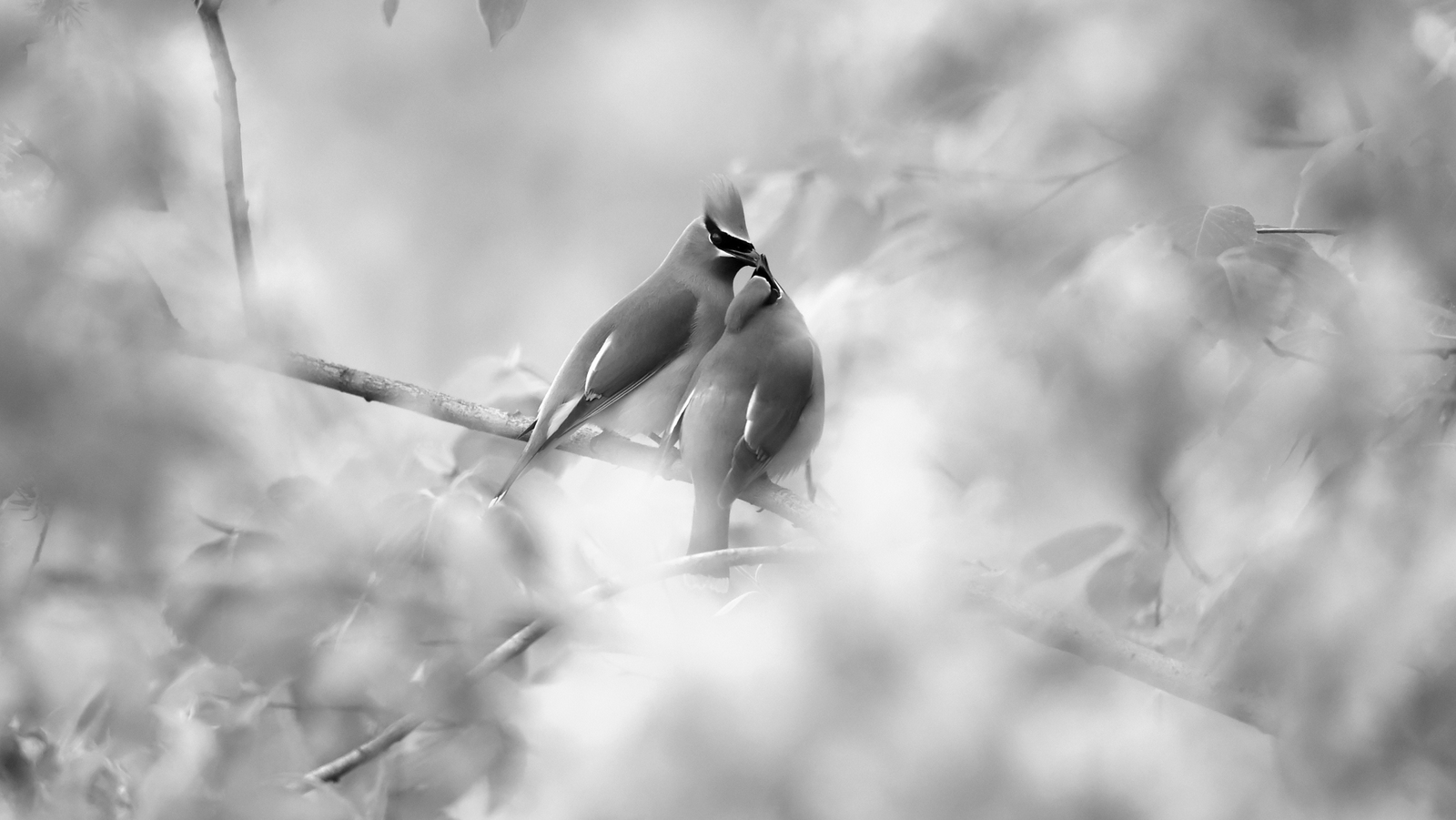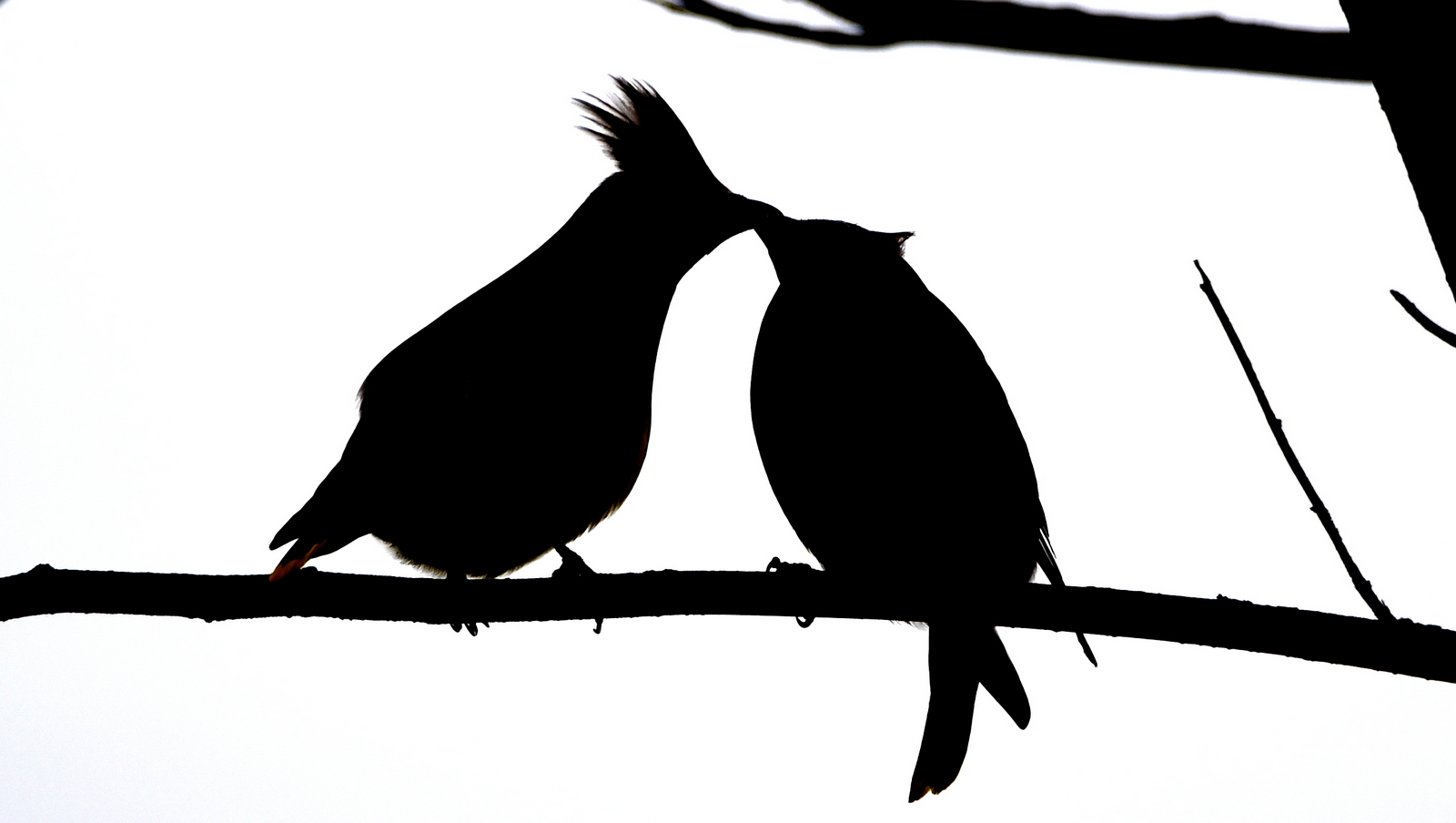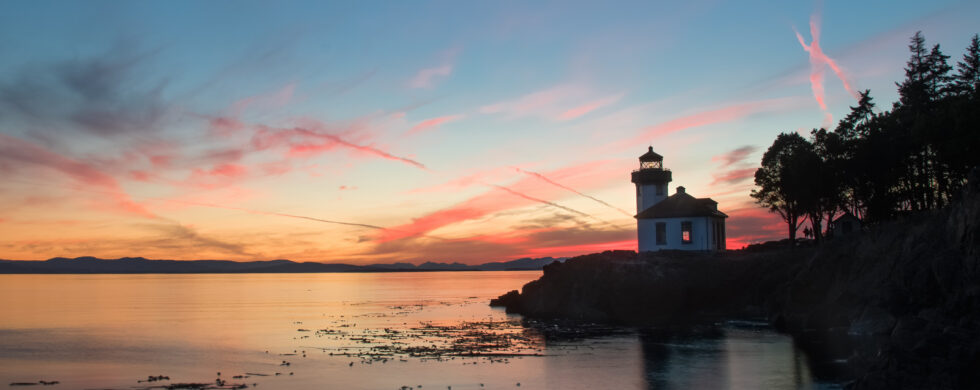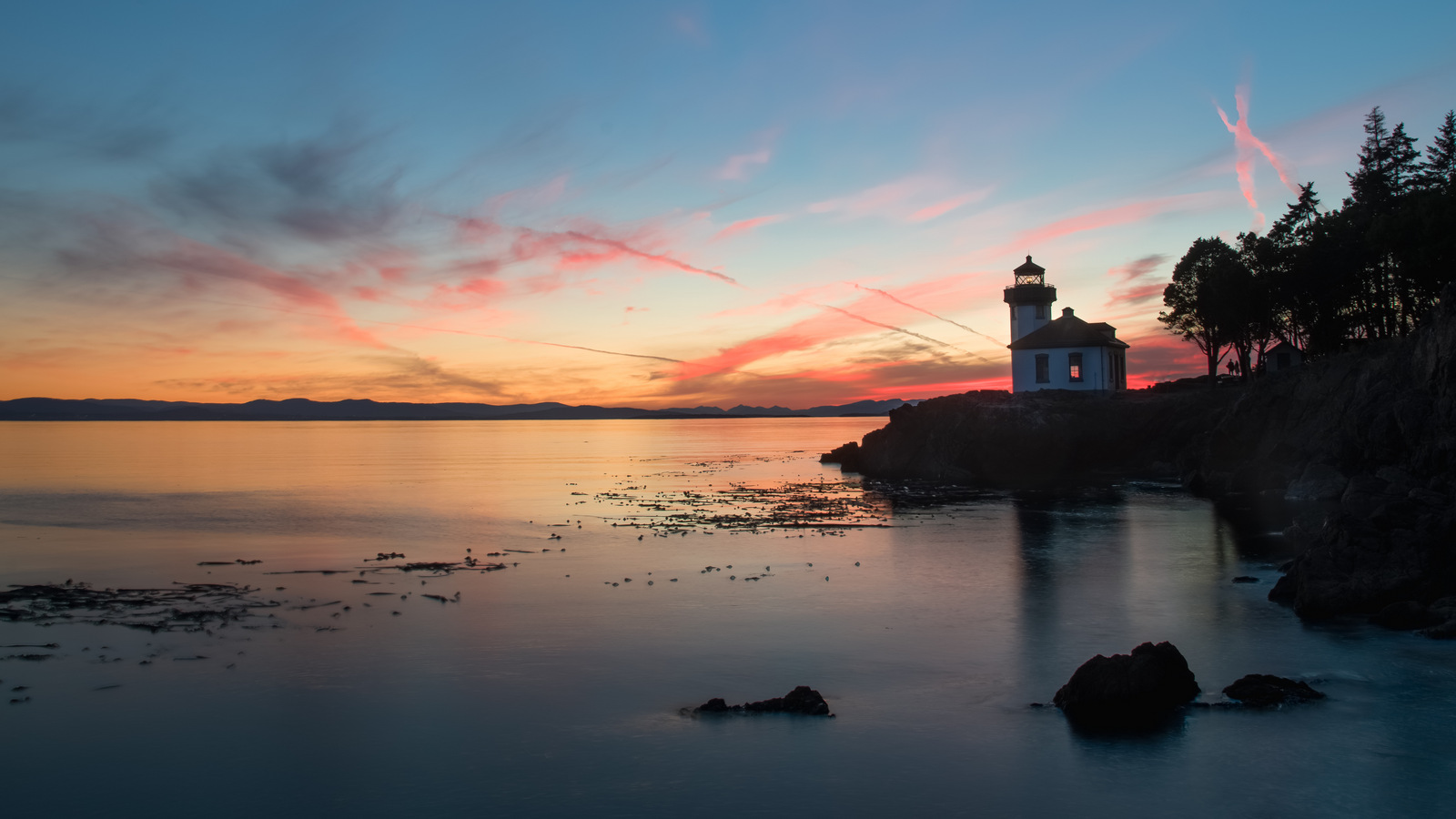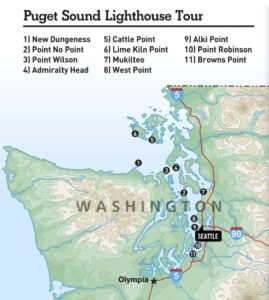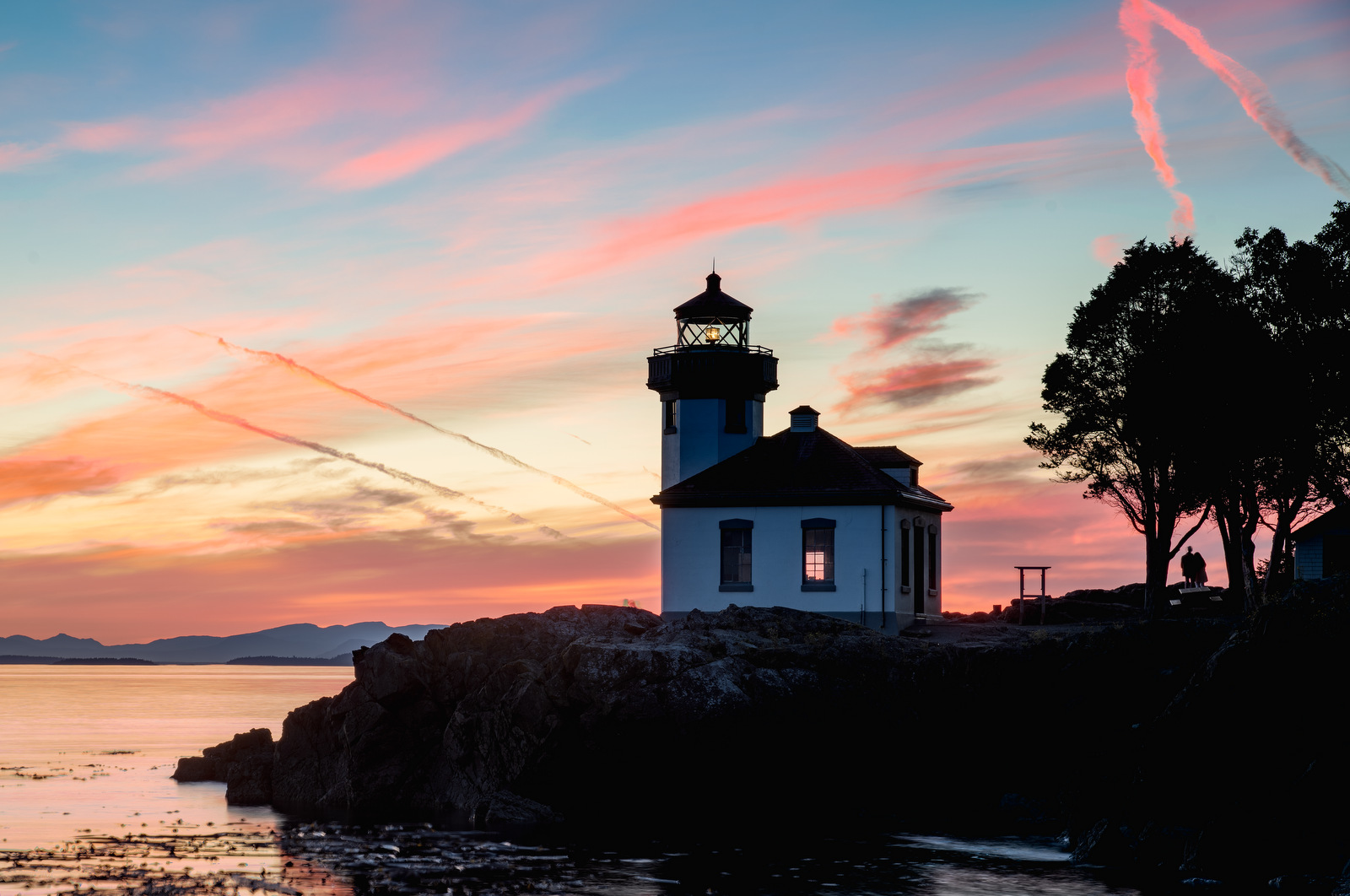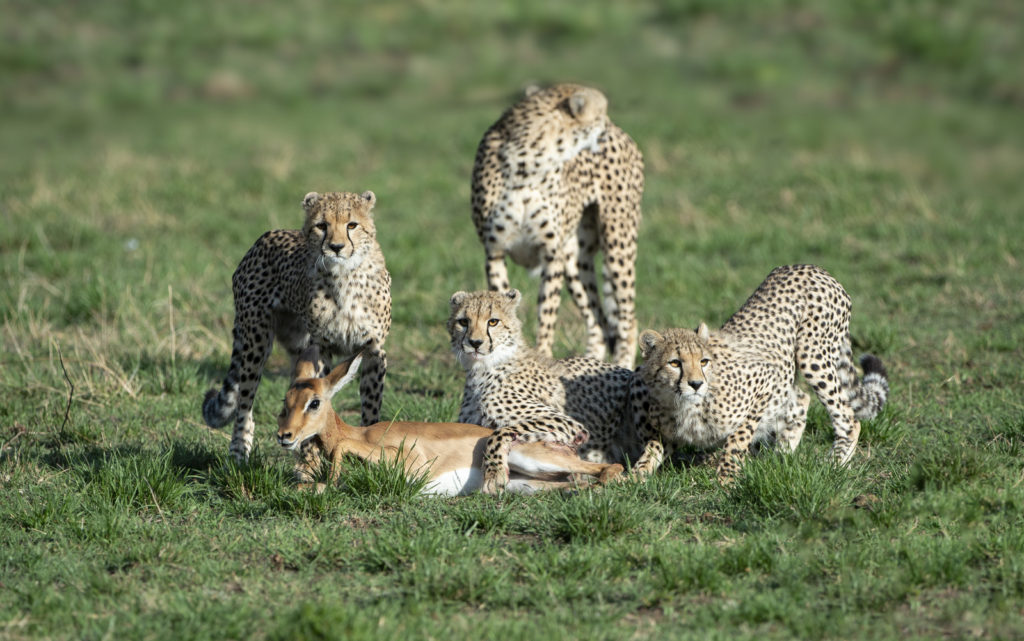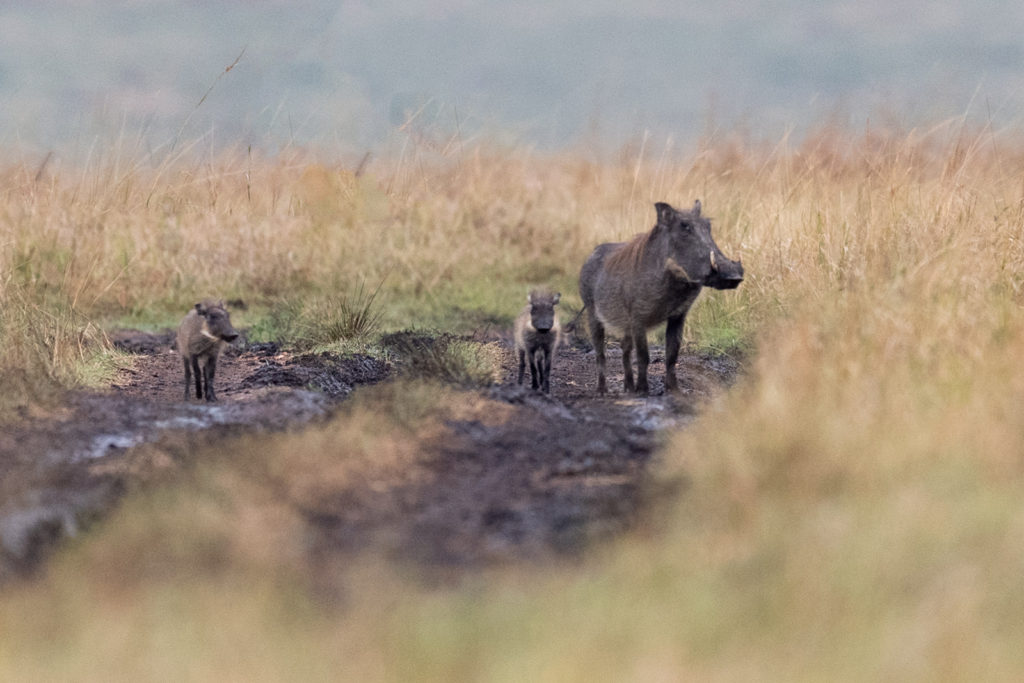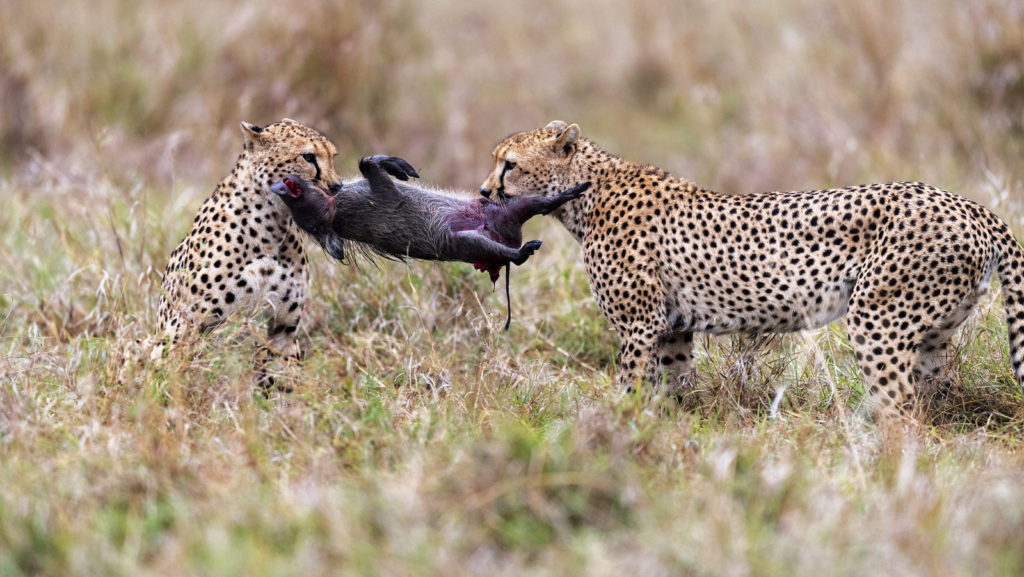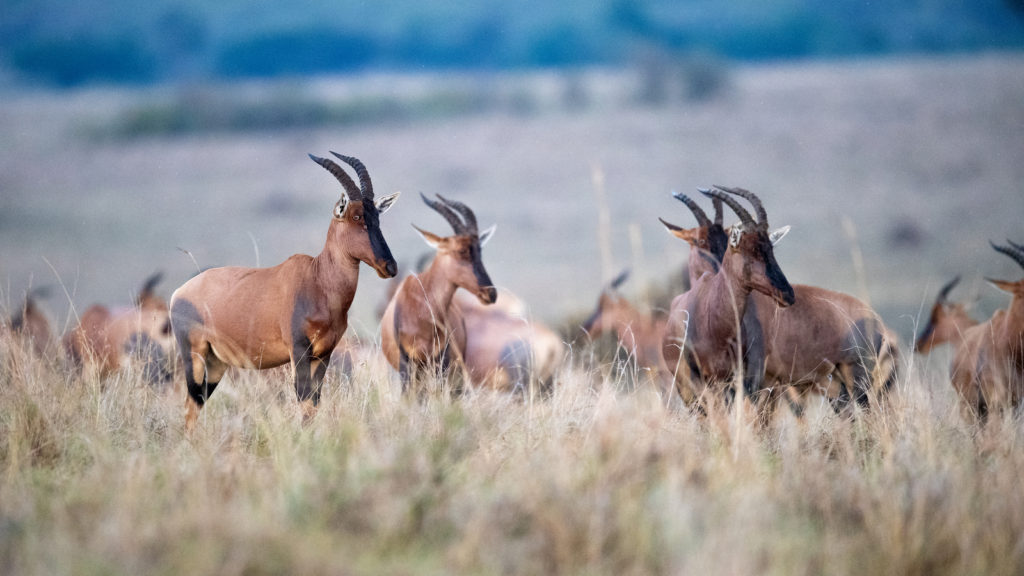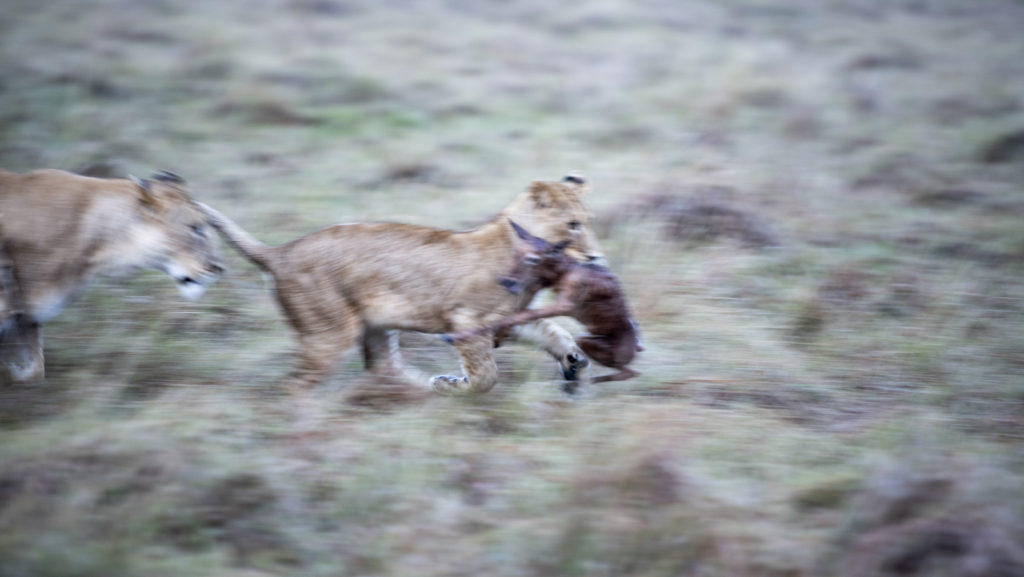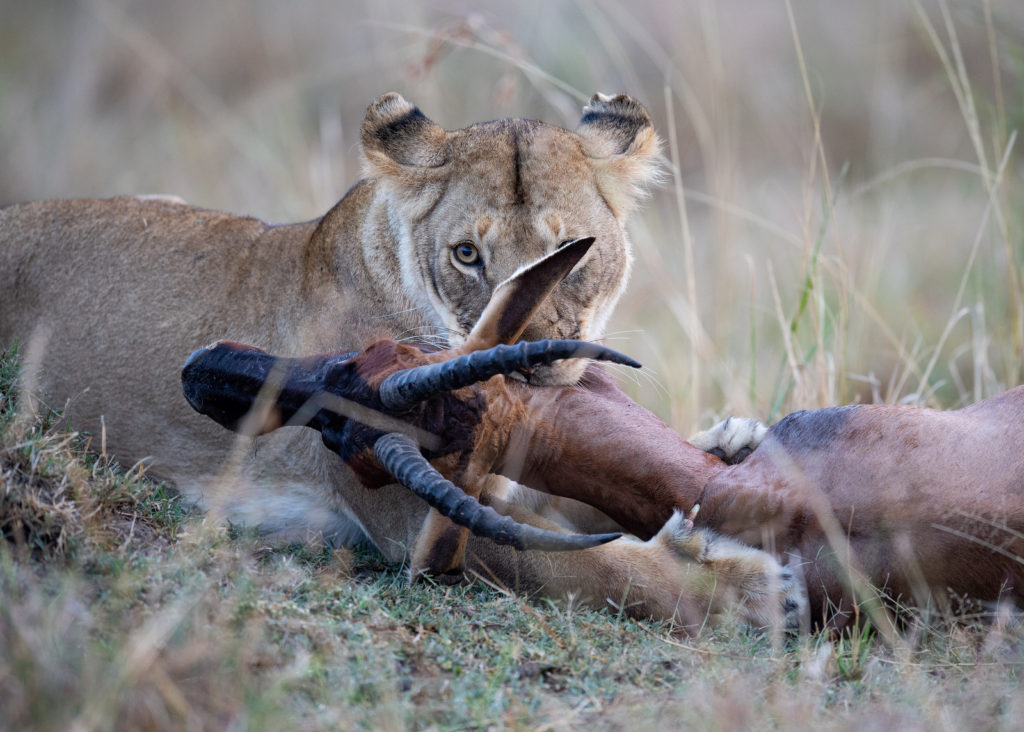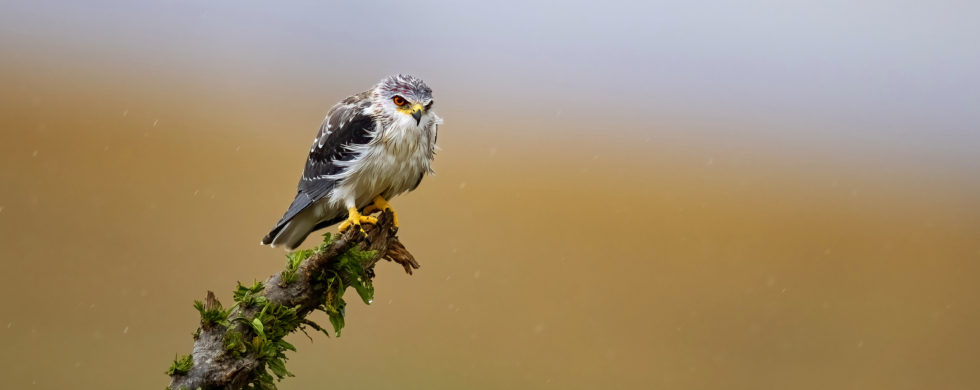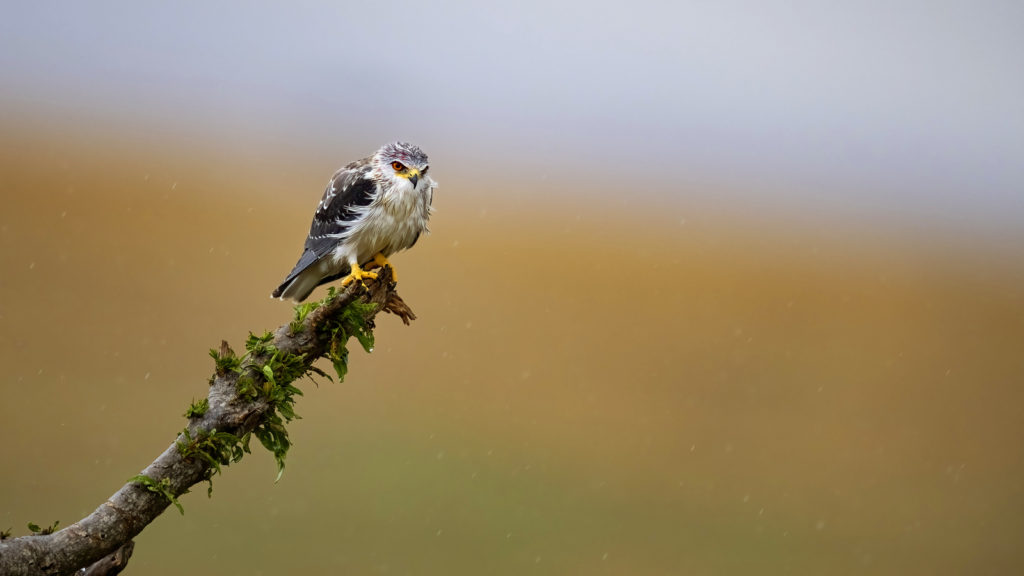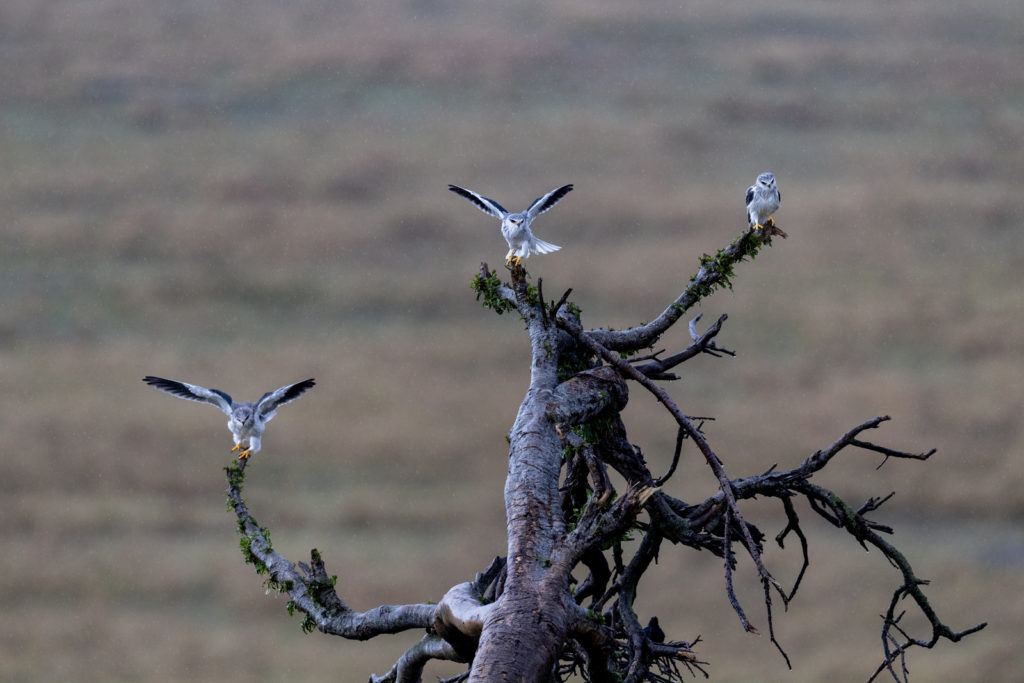30
Shot of the Month – September 2022
I sat in front of my computer scrolling through thousands of images. Scroll. Scroll…….Which image should I write about this month? Scrolling…..scrolling. The photo above crossed my screen and something about the image caught my eye and I stopped.
This image, taken in Yellowstone in 2014, had been on my computer for 8 years and I had done nothing with it. But I hadn’t deleted it yet so I must have seen something of interest way back then. I enlarged the image to fill my screen.
I stared at the photo pondering, “I like this image, but why?” “What does my subconscious see that I can’t put words to?”
I interrogated myself.
Brain: “What is the subject of this photo?”
Me: “It is a picture of bison.”
Brain: “OK, sure, there are bison in the photo. But, it is not a very good image of bison. The bison in the back is completely out of focus. The bison in the front is in sharp focus but we can’t really see his eye so we can’t make much of a connection which is usually essential for a compelling image.”
Me: Sigh, “True”
Brain: “What else??”
Me: “Well, I see a lot of snow. The bison are framed by snow on the ground. The air is full of heavy snowflakes. In fact, one could argue that the snowflakes are the dominant element in this image.”
And then it hit me. (One could say that the answer came into focus, but that would be a terrible photography pun, and I wouldn’t do such a thing…. 🙂 )
This photo captures not a thing, but reveals a relationship. It tells a story about a struggle. About a fight. Bison face many threats to survival – we mostly hear about the challenges they face from predators like wolves and bears. This image however highlights yet another threat they face, this time, from the very environment they live in. Winters in Yellowstone are long and taxing and many animals do not survive them. In fact. wolves tend to thrive in late winter because prey animals like elk and bison are easier to catch due to their weakened condition.
The elements of this image capture that struggle well. Winter is on the attack – the bison in front had its head lowered as it trods forward, enduring the onslaught. Its body is covered in snow, and the heavy snowflakes obscure much of its being. And the bison in the back is completely blurred while the snowflakes falling around him are in sharp focus. The shift in focus drives home the attack on the lumbering beast. Is he losing the battle and simply fading into oblivion?
The bison counter the offensive by taking refuge in and near the river. Why? The grass they need to eat to survive is buried under deep, heavy snow during much of the winter. However, the snow is less deep right along the banks of the river so the bison forage there, as shown below, as they have to expend less energy to reach the grass. Smart.
While not as dramatic as a cheetah chasing a gazelle, the first image nonetheless captures an epic life-and-death struggle that has played out for millennia. The heart-pounding race between gazelle and cat can be over in seconds. Winter’s attack drags on for days. Weeks. Months. Winter’s pursuit is tireless and unyielding. Freezing temperatures. Howling winds. Whiteout snow storms. Treacherous ice. Tons of snow blocking every move. Day after day after day after day…
For their part, the bison have adapted both their bodies and their behavior to give them the best chance for survival. (Sidenote: Alas, the photographer was not well adapted to these conditions. Nearly a decade later I vividly remember how my frozen hands felt like they were on FIRE after shooting this sequence).
Here is the battle in black and white:
Another view of the combatants, first in color:
And in black and white:
Bison in winter, an Elemental Struggle of the ages.
Until next month……m
Nikon D4S, Nikon 600mm, f/5.6, 1/1000 sec, ISO 1000, EV +1.33

